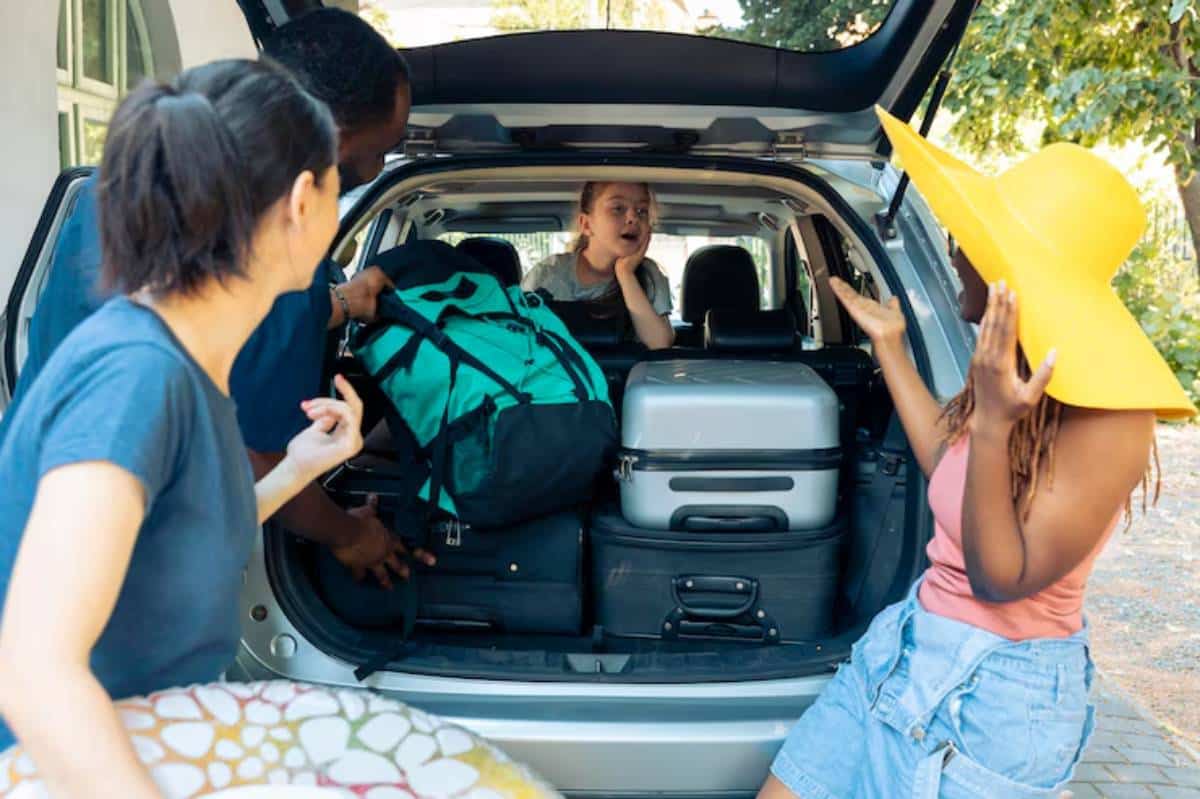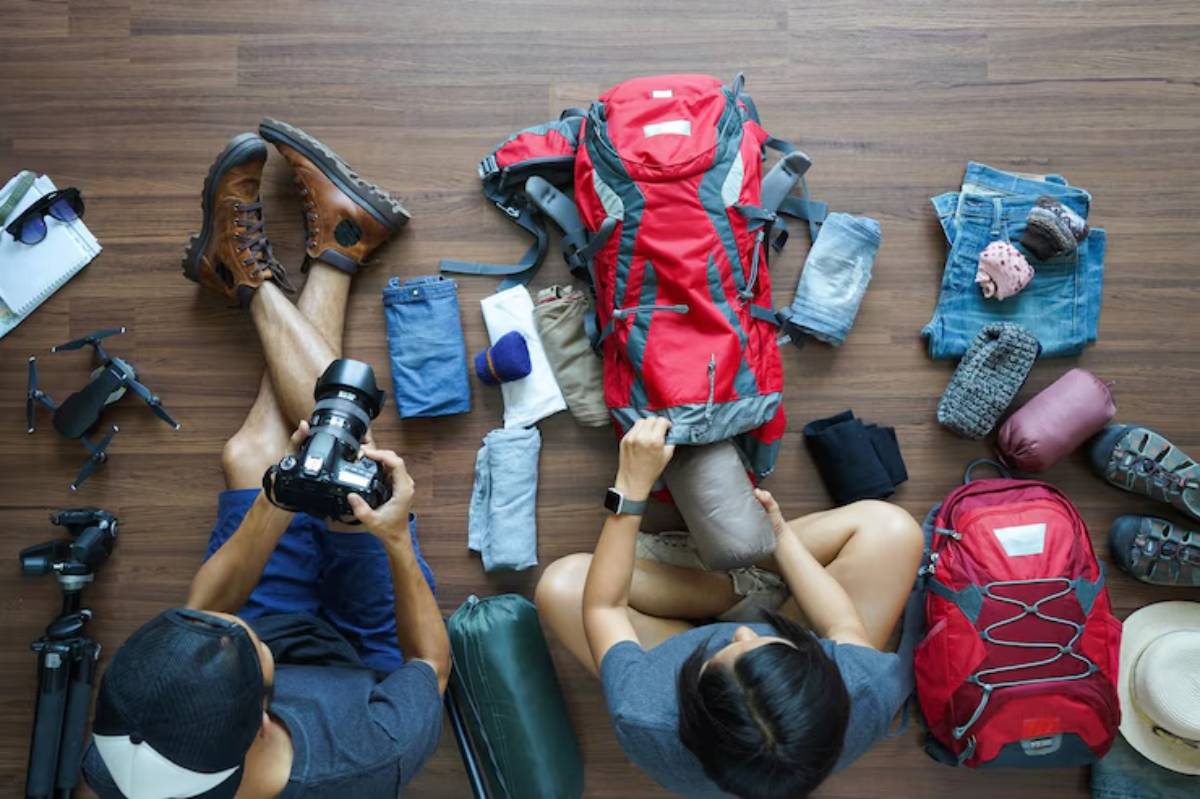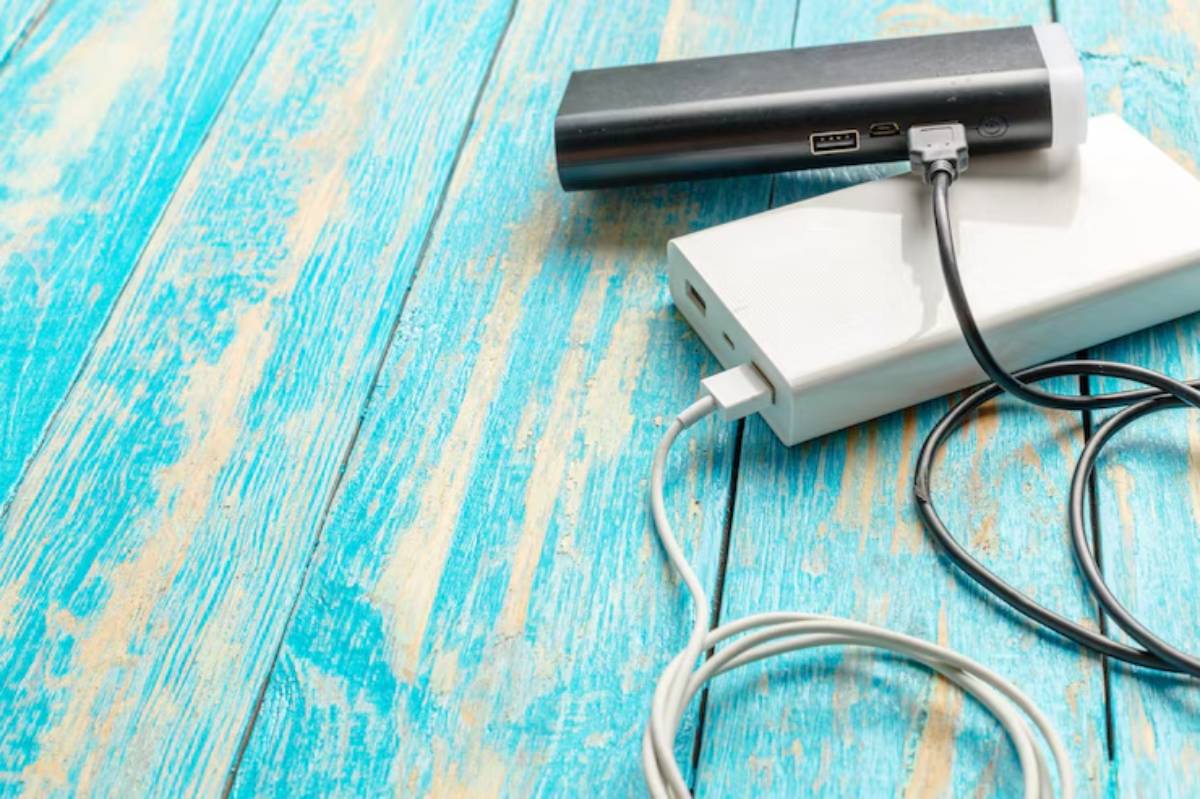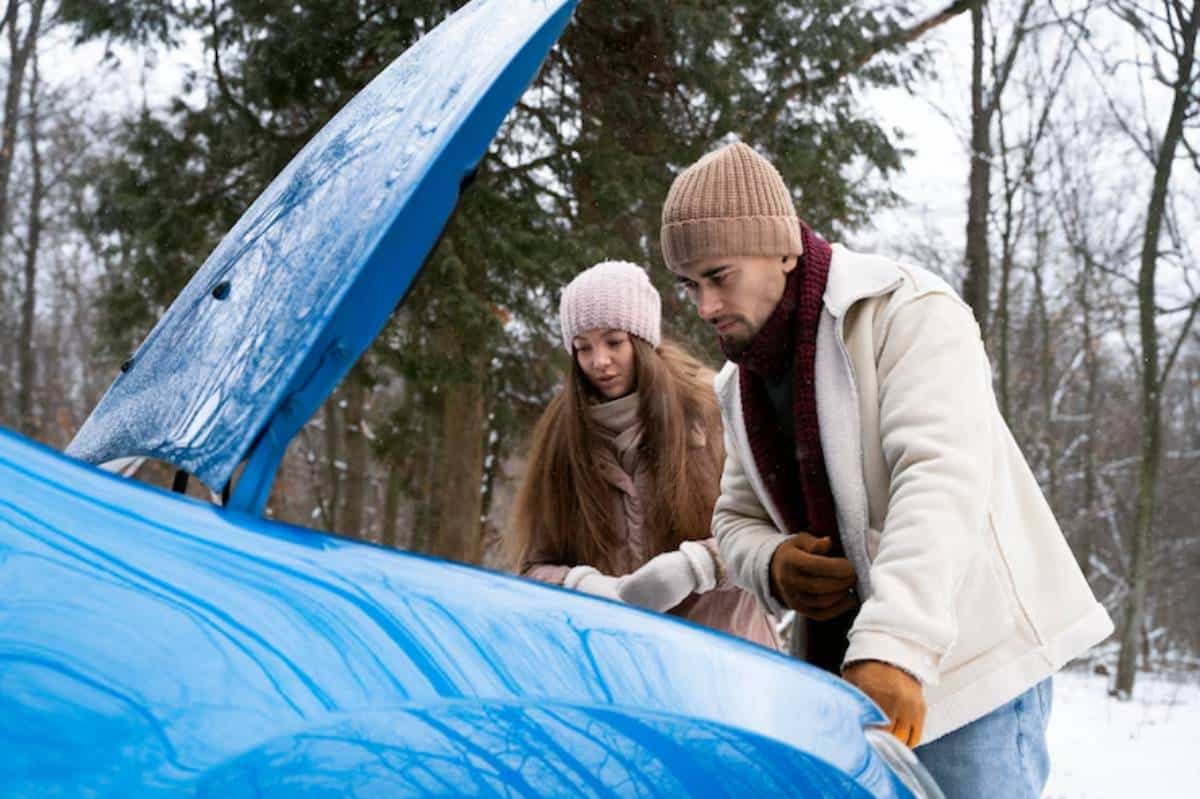
How to Pack Efficiently for a 7-Day Overland Trip
You’re heading off-grid for seven days of off-road exploration. There’s excitement in the air—until you realise the boot is full, your fridge won’t shut, and you’ve forgotten your recovery tracks. Sound familiar?
Packing for an extended overland trip isn’t about bringing everything—it’s about bringing the right things. Whether you’re navigating the Flinders Ranges or cruising across the High Country, efficient packing can mean the difference between a smooth adventure and frustrating chaos.
This expert-led guide will walk you through a complete overland packing list, cover smart systems for adventure travel gear, and help you prep like a pro for your next off-road trip.
Why Packing Strategy Is Critical for Overland Success
When you’re hundreds of kilometres from the nearest servo or shop, your rig becomes your base, your kitchen, your shelter, and your recovery plan.
Poor packing not only costs time, it can compromise safety. Overloaded or unevenly distributed gear affects vehicle stability. Forgotten essentials lead to unnecessary detours. And cluttered cabins wear down morale.
According to Overland Journal, well-organised vehicles reduce travel fatigue, improve safety, and help adventurers stay out longer and go further.
Let’s explore what efficient packing really looks like.

Quick Guide: 7-Day Overland Packing Strategy
- Divide gear by category Recovery, sleeping, food, camp, clothing
- Pack heavy gear low and centred to maintain balance
- Use stackable boxes or drawer systems for quick access
- Create a daily use kit for commonly used items
- Label everything —especially food and tools
- Always carry spares Fuel, water, key tools
- Leave room for exit/entry space in your rig
Step-by-Step Guide: Packing Your 4×4 for a Week
1. Start with a Pre-Trip Checklist
Before anything goes in your vehicle, draft a list customised to your destination, vehicle type, and number of passengers.
Divide your packing into zones
- Recovery gear
- Camp gear
- Sleeping equipment
- Kitchen and food
- Clothing and toiletries
- Navigation and comms
Refer to this master list every time to avoid unnecessary repacking.
2. Choose the Right Storage Solutions
Use stackable crates, modular drawer systems, or soft bags based on your rig’s layout.
- Access (daily vs occasional use)
- Weight distribution
- Dust and water resistance
If your rig’s layout is still evolving, our budget-friendly overland rig guide can help you choose smart foundational mods before investing in full systems.
3. Prioritise Daily-Use Essentials
Create a “go bag” or quick-access crate near your rear door or tailgate for.
- Headlamps, gloves, multitools
- Rubbish bags
- First-aid kit
- Baby wipes
- Fire starters and matches
- Maps, satellite messengers, or GPS
This prevents digging through tubs in the dark for essentials.
4. Pack Heavy Items Low and Centred
To avoid body roll and instability
- Keep water tanks, toolboxes, and spares low
- Position weight over rear axles or central tray
- Limit rooftop cargo to soft, lightweight items
This is especially important when navigating uneven tracks or creek crossings.
5. Use Packing Cubes and Zip Bags
Sort clothes into categories (warm/cold, clean/dirty) and compress using packing cubes. Zip-lock bags work well for toiletries and smaller electronics.
What to Include in Your Overland Packing List
Recovery Gear
- Winch + control switch
- Recovery tracks
- Snatch strap + rated shackles
- Tyre deflator + compressor
- Shovel
- Gloves
Sleeping Setup
- Tent or rooftop tent
- Sleeping bag (season-appropriate)
- Inflatable or foam mattress
- Pillow
- Thermal liner for cold nights
Food & Cooking
- Fridge or esky
- Dual-burner stove or butane cooker
- Cooking utensils + cutting board
- Pots, pans, collapsible sink
- Cleaning kit (soap, sponge, tea towel)
- Dry food + meals prepped per day
- Water jerries (min. 3L per person/day)
Camp Setup
- Folding table + chairs
- Awning or shade setup
- Lantern or camp lights
- Fire pit or portable fire container
Clothing & Personal Items
- Quick-dry layers (7 days’ worth)
- Warm jacket + thermal base layers
- Socks + sturdy boots
- Sandals for camp
- Toiletries + toilet paper
- Insect repellent + sunscreen

Navigation & Communication
- Power banks + dual battery setup
- Offline navigation apps or GPS
- UHF radio or handheld
Pro Tips, Important Notes & Warnings
Pro Tip: Vacuum-seal meats and freeze them flat in zip bags to save fridge space and reduce mess.
Important: Always label boxes or containers. When you’re tired, wet, and hungry, knowing where your stove is can save the evening.
Warning: Never store fuel or gas canisters inside your cabin space—use ventilated exterior mounts or roof cages.
Secret Tip: Keep a dry change of clothes in an airtight bag—this becomes gold after wet crossings or storms.
Best Practices & Field-Tested Insights
Create ‘Grab Zones’ in Your Vehicle
Use rear passenger footwells or door pockets to store.
- Navigation tools
- Cameras
- Wet weather gear
- Snacks for on-the-go
These fast-access zones keep you moving and reduce camp setup times.
Embrace the ‘Day 1–Day 7’ Rule
Pre-portion your food by day and keep later meals packed deeper. This helps you stay organised and reduces food waste.
Learn From Your Last Trip
Always debrief after a trip
- What went unused?
- What did you miss?
- What made life easier?
Packing is part science, part personal rhythm.
If you’re pairing this packing system with recovery essentials, consider brushing up on how to install a winch to ensure you’re fully trail-ready.
FAQs
How much water should I pack for a 7-day overland trip?
Plan for 3L per person per day, plus extra for cooking and cleaning. For two people, that’s 45L minimum.
Should I bring a generator or rely on solar?
Solar is quieter, lighter, and has lower maintenance. A 200W foldable panel is often enough to charge essentials.
What’s better for food: fridge or esky?
Fridges offer longer-term food storage and use less ice, but require battery support. Eskies are simpler but need frequent ice top-ups.
How do I store rubbish while overlanding?
Use heavy-duty sealable bags stored in a rear wheel bag. Avoid storing food waste inside the vehicle overnight.
Can I pack everything on my roof rack?
Only light, bulky items (like chairs or duffels) should go up top. Keep weight under 40kg to preserve handling.
The Smarter Way to Prep Your Next Adventure
Packing for a 7-day off-road trip isn’t about minimalism—it’s about thoughtfulness. With the right overland packing list, dialled-in adventure travel gear, and smart off-road trip prep, you can focus less on searching for items and more on soaking in the adventure.
Use lists. Build systems. Refine your packing style every time you travel.
Because when your rig is packed right, the journey flows. And in the world of overlanding, flow is everything.


